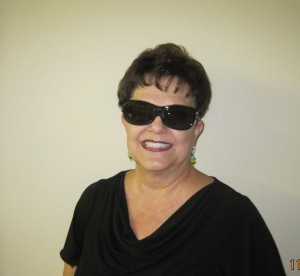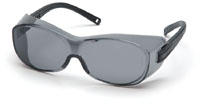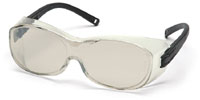Working under state and federal regulations requires that workplace health and safety posters must be posted on the worksite. These regulations govern what work safety posters must be on display in the workplace, but employers should think about posting other information in addition to the ones that are required, to promote a safe and healthy workplace environment. First, a business must know which federal and state OSHA health and safety posters that are required to be on display. There is a poster that allows you to select your state to view the required posters and order them directly. Workers must be able to learn what employer obligations are and the employee rights pertaining to safety and health.
Workplaces are also wise to share information about general healthy habits that can be promoted within the workplace. If the posters are updated on a regular basis, a variety of tips on how to maintain a healthy and safe workplace will be noticed by more persons than if the same old ones stay up. Keep a supply of different topics to change occasionally.
Did you know that employers could be subject to state or federal fines and penalties if the required safety information is not on display? Your place of business has its own specific health and safety concerns, so those topics should be addressed. It’s a good idea to remember past accidents that have occurred, which would be helpful reminders to your employees. Many times posters that contain exact data and statistics of past accidents or incidents will catch the attention of the employees. Posters alone won’t educate employees, but they exist to remind your workers that their safety is important to the company.
Different posters apply to every type of work environment. Regardless of the workplace being a factory, fleet of vehicles, warehouse, or an office, a certain amount of risk is involved, more in some than others. Posters that promote good attitudes are excellent motivators for teamwork. A poster that promotes healthy lifestyles, and exercise would be fitting for an office setting. For those who do lots of heavy lifting, posters on the proper methods of lifting and the results of wear and tear on the body. If there’s a danger of debris or cuttings getting into workers’ eyes, there are all types of safety glasses posters. Don’t forget about places that are extremely loud, and the importance of hearing protection. There are posters for just about every hazard; that’s why it would be a good idea to have several different ones and change them often.
Employees’ rights are explained on the state and federal posters, but one wonders how many people stop to read them? By doing this, workers can ensure their company is providing the proper safety instructions and protective products that keep them safe.


